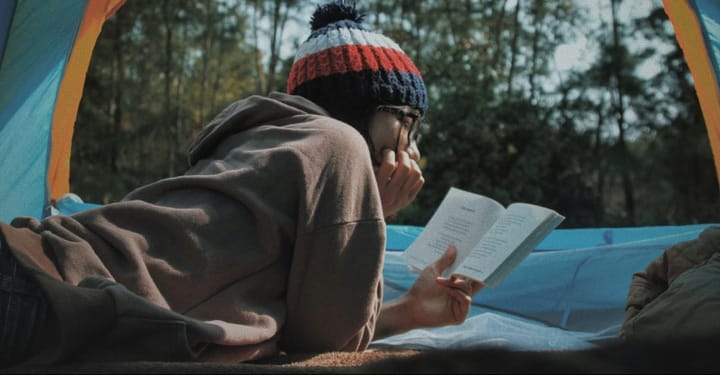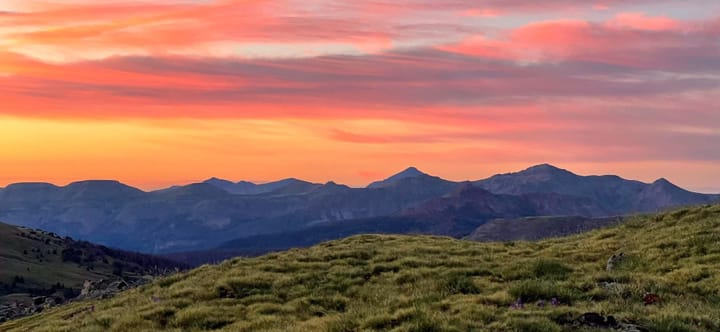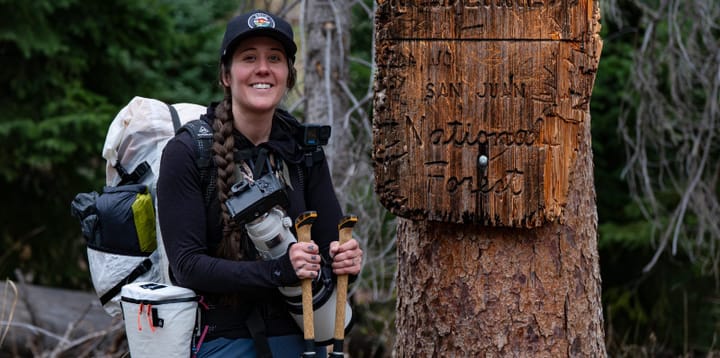How to Hike in the Cold Months: 2025 Guide To Adventure
Winter hiking doesn’t have to be intimidating. In this 2025 guide, we cover cold weather hiking gear, layering strategies, and trail-tested tips to help you stay warm and safe whether you’re exploring snowy mountains or chilly desert trails.
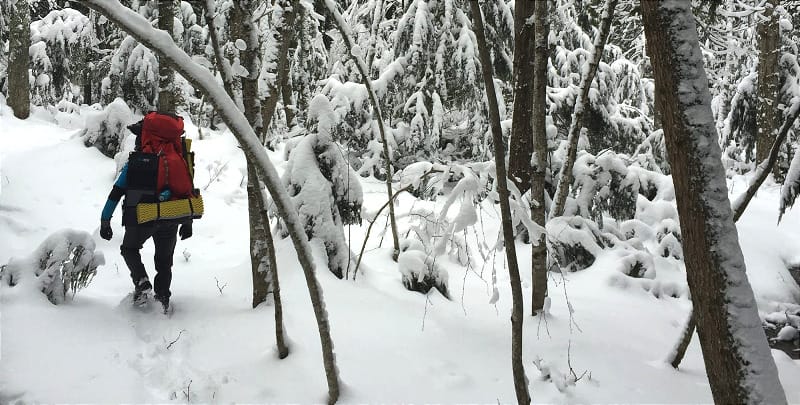
Hiking in the cold months can be just as exhilarating as during warmer seasons. Crisp air, snowy landscapes, and quieter trails make winter hiking unforgettable. But cold weather hiking requires extra preparation to stay warm, safe, and comfortable.
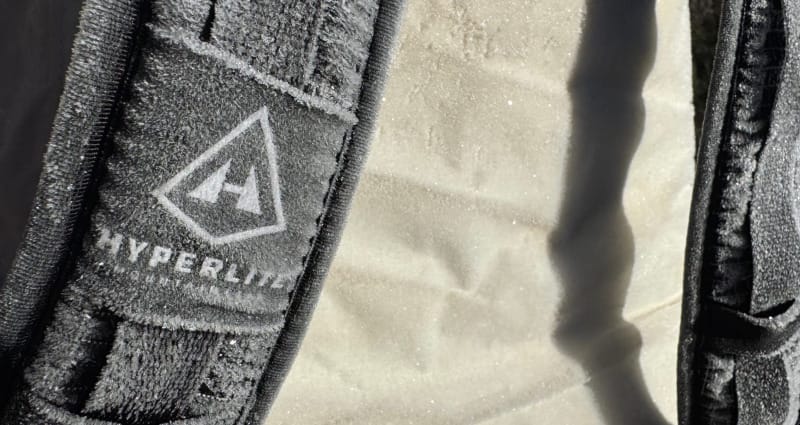
In this 2025 guide, you’ll find expert winter hiking tips, layering strategies, and gear essentials to make the most of your cold-weather adventures in the Southwest and beyond.
1. Layering for Winter Hiking
One of the most effective ways to stay warm is by layering your clothing. Here’s the right way to do it:
- Base Layer: Start with a moisture-wicking fabric like merino wool or synthetics. Avoid cotton, as it traps moisture and can make you colder.
- Insulating Layer: Fleece, wool, or down are excellent at trapping body heat.
- Outer Layer: Choose a breathable shell that’s waterproof or water-resistant to block wind, rain, and snow.
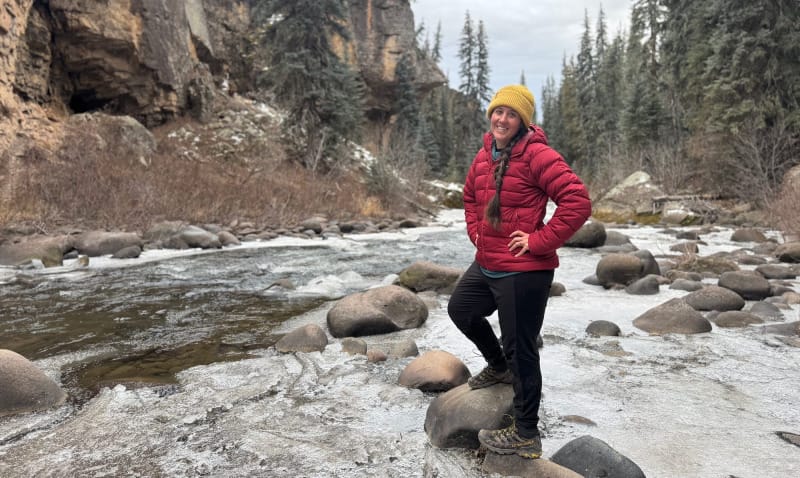
Pro Tip: Adjust your layers as you hike. Sweating can quickly lead to moisture and then chills once you stop moving. Never hesitate to adjust layers, and never put it off too long.
2. Stay Dry in Cold Weather
Moisture is your enemy when temperatures drop. Keep yourself dry with these essentials:
- Waterproof Hiking Shoes: Insulated and waterproof shoes are key to warm feet.
- Gaiters: Great for keeping snow and slush out of your boots. Kahtoola’s RENAgaiter Gaiters are a solid winter choice. Choose higher gaiters if you expect snow!
- Extra Socks and Gloves: Carry backups. Wool socks and waterproof gloves or mittens keep extremities dry and warm.
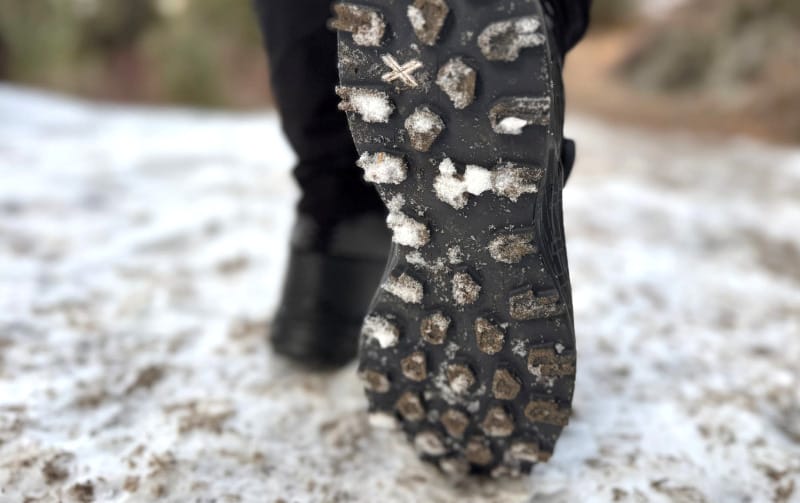
3. Cold Weather Hiking Food & Hydration
It’s easy to forget to hydrate in cold weather, but your body still needs water and calories.
- Warm Drinks: Bring an insulated thermos filled with tea, broth, or cocoa for a morale boost.
- Trail Snacks That Don’t Freeze: Choose easy-to-eat snacks like trail mix, energy bars, or dried fruit.
4. Plan Around Shorter Days
Winter means fewer daylight hours. Avoid hiking in the dark unless you’re prepared.
- Start Early: Hit the trail in the morning to maximize daylight. It's astounding how quickly darkness falls in the cold months.
- Know Your Route: Snow can hide trail markers, so carry a map and compass if you know how to use them, or have a GPS backup along with a tracker.
- Always let someone know your plan.
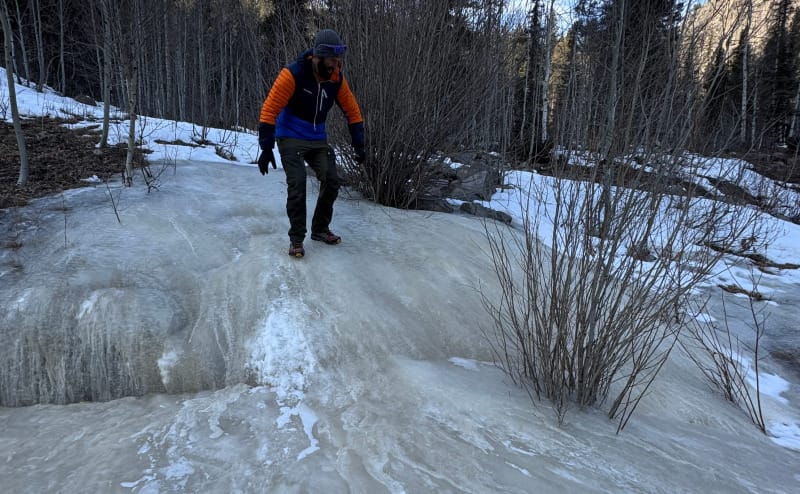
5. Essential Cold Weather Hiking Gear
A few extra pieces of gear can make your hike safer and more enjoyable:
- Headlamp or Flashlight: Crucial for short days and early sunsets.
- Trekking Poles: Provide stability on icy or snowy trails.
- Emergency Blanket: Retains heat if you get delayed.
- Hand Warmers: Lightweight and great for emergencies.
Recommended Cold Weather Hiking Gear
Wondering what to pack for your next winter trek? Here are some of the best cold weather hiking gear picks for 2025 to keep you warm, dry, and safe on snowy trails:
- Insulated Waterproof Hiking Boots – Keep your feet warm and dry on snowy trails.
- Down or Synthetic Insulated Jacket – A reliable midlayer for trapping body heat.
- Waterproof Gaiters – Stop snow and slush from creeping into your boots.
- Waterproof Gloves or Mittens – Essential for keeping hands warm in freezing temps.
- Wool or Fleece Hat – Retain heat where it escapes most: your head.
- Insulated Thermos – Keeps tea, coffee, or broth hot for hours on the trail.
- Rechargeable Headlamp – A must-have for short daylight hours and evening hikes.
- Hand Warmers – Small, packable, and perfect for emergencies.
6. Watch the Winter Weather
Conditions can change fast in the Southwest’s higher elevations.
- Check Forecasts: Always check before heading out, and avoid severe weather days.
- Know Snow Conditions: Be mindful of avalanche risks in mountainous terrain.
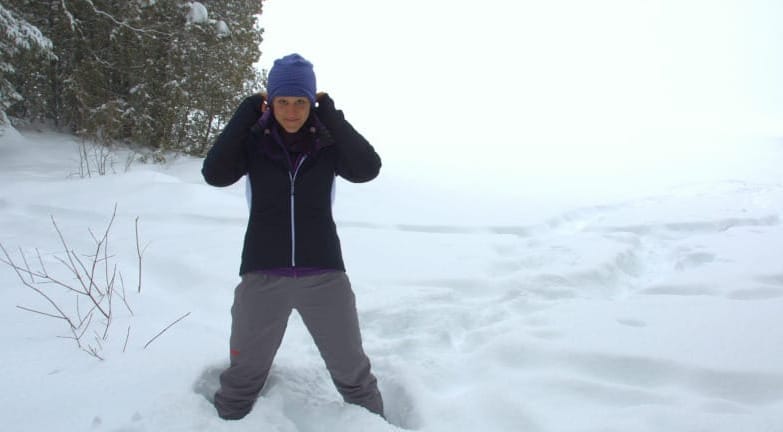
7. Don’t Forget Sun Protection
Snow reflects sunlight, increasing your exposure. Even in winter:
- Apply sunscreen and SPF lip balm. Or sport a sunshirt.
- Wear polarized sunglasses to protect against glare.
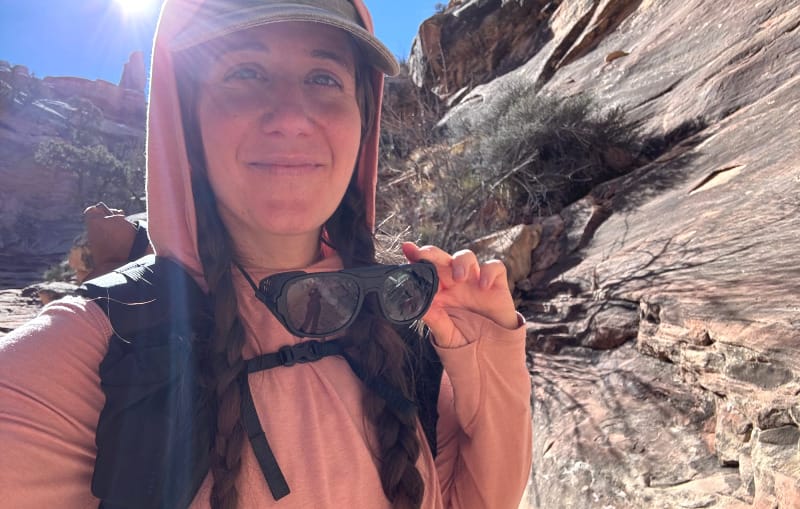
8. Keep Electronics Alive in the Cold
Cold weather drains batteries faster.
- Keep Your Phone Warm: Store it close to your body or in an insulated pocket.
- Bring a Power Bank: Always carry a portable charger for navigation or emergencies.
9. Respect Trails & Wildlife in Winter
Cold weather doesn’t mean nature rests, it just changes pace. Practice Leave No Trace:
- Stick to Trails: Prevent damaging fragile winter habitats.
- Observe Wildlife Quietly: Animals work harder to survive in winter. Give them space and keep noise low.
Packing It Out
Hiking in the cold months is an adventure like no other. From snowy mountain passes to frosty desert mornings, winter hiking in the Southwest offers beauty and solitude you won’t find in summer. With the right cold weather hiking gear, layering strategy, and preparation, you’ll be ready for safe and memorable winter adventures in 2025.
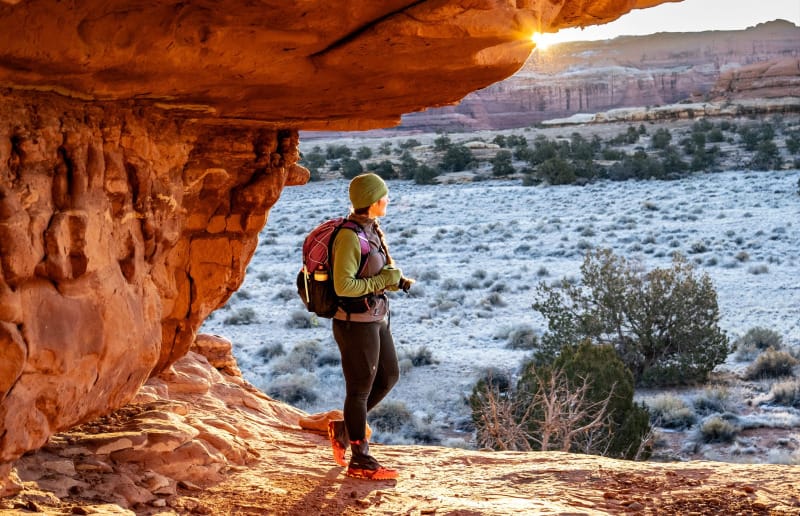
Happy trails, and stay warm out there!
Note: This post contains affiliate links. If you make a purchase through these links, we may earn a small commission at no extra cost to you. Thanks for supporting our work!
